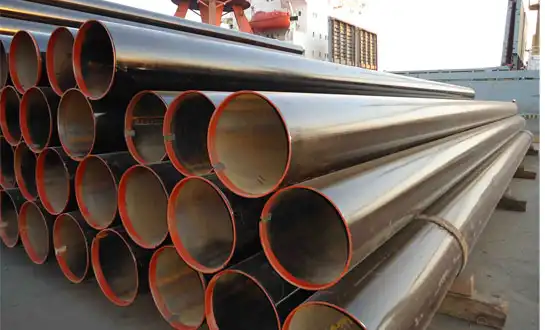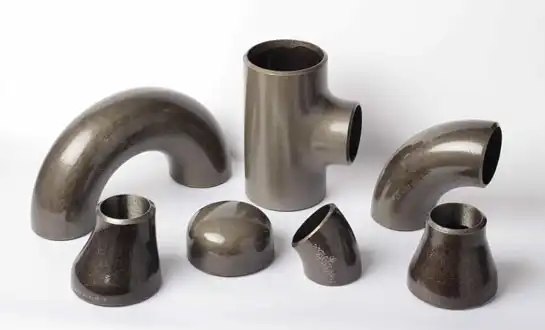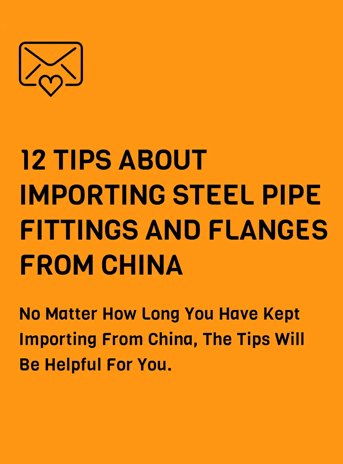SCH40 vs SCH80 Pipe Fittings: Pressure Ratings and Cost-Efficiency Analysis
The selection between SCH40 and SCH80 pipe fittings represents a critical engineering decision that significantly impacts project costs, system performance, and long-term reliability. Schedule ratings determine wall thickness and consequently affect pressure handling capabilities, material costs, and installation requirements across various industrial applications. Understanding the fundamental differences between these schedule classifications enables engineers to optimize system design while balancing performance requirements against budget constraints. SCH40 fittings offer cost-effective solutions for moderate pressure applications, while SCH80 provides enhanced strength for high-pressure systems requiring superior safety margins. This comprehensive analysis examines pressure ratings, cost implications, and application-specific considerations to guide proper selection of butt weld fittings for diverse industrial projects, ensuring optimal performance and economic efficiency.
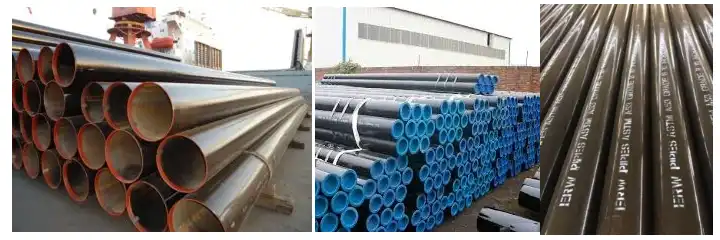
Pressure Rating Specifications and Performance Characteristics
Wall Thickness and Structural Integrity Analysis
The fundamental difference between SCH40 and SCH80 pipe fittings lies in their wall thickness specifications, which directly influence pressure handling capabilities and structural performance under various operating conditions. SCH40 fittings feature thinner walls that provide adequate strength for standard industrial applications while maintaining material efficiency and cost-effectiveness. In contrast, SCH80 fittings incorporate significantly thicker wall sections that enable higher pressure ratings and enhanced safety factors for demanding applications. When selecting butt weld fittings, the wall thickness consideration becomes particularly important as it affects weld preparation requirements, heat input parameters, and joint strength characteristics. The increased material mass in SCH80 fittings requires careful attention to preheating procedures and post-weld heat treatment protocols to ensure optimal metallurgical properties and prevent heat-affected zone issues that could compromise joint integrity.
Temperature and Pressure Correlation Factors
Operating temperature significantly influences the pressure rating capabilities of both SCH40 and SCH80 pipe fittings, with higher temperatures generally reducing allowable working pressures due to material strength degradation. SCH40 fittings demonstrate adequate performance in moderate temperature ranges but may require pressure derating in elevated temperature applications to maintain safe operating margins. SCH80 fittings provide superior performance retention at elevated temperatures, making them preferred choices for high-temperature process applications where maintaining pressure ratings is critical. The relationship between temperature and pressure becomes particularly complex when considering butt weld fittings, as welding processes introduce heat-affected zones with potentially different mechanical properties compared to base materials. Proper engineering analysis must account for these temperature-pressure interactions to ensure that selected fittings provide reliable long-term performance under actual operating conditions.
Safety Factor Considerations and Code Compliance
Safety factor requirements vary significantly between different industrial applications and regulatory frameworks, influencing the selection criteria for SCH40 versus SCH80 pipe fittings. SCH40 fittings typically provide adequate safety margins for standard industrial applications when properly specified according to applicable codes and standards. However, critical applications such as those found in petrochemical processing, power generation, or nuclear facilities often mandate higher safety factors that favor SCH80 fittings with their enhanced pressure capabilities. Butt weld fittings must comply with various international standards including ASME B31.3, API standards, and local regulatory requirements that specify minimum safety factors and design criteria. The selection process must carefully evaluate these requirements alongside operating conditions to ensure that chosen fittings not only meet current needs but also provide adequate margins for future operational changes or emergency conditions.
Cost Analysis and Economic Considerations
Material Cost Comparison and Budget Impact
The material cost differential between SCH40 and SCH80 pipe fittings represents a significant factor in project budgeting and economic optimization strategies. SCH40 fittings typically cost 20-30% less than equivalent SCH80 components due to reduced material requirements and simplified manufacturing processes. This cost advantage becomes particularly pronounced in large-scale projects where hundreds or thousands of fittings are required, potentially resulting in substantial budget savings. However, the initial cost comparison must be balanced against long-term performance considerations and potential replacement costs over the system lifecycle. Butt weld fittings selection should incorporate total cost of ownership analysis that considers initial procurement costs, installation expenses, maintenance requirements, and potential replacement costs to determine the most economically viable option for specific applications.
Installation and Labor Cost Factors
Installation costs for SCH40 and SCH80 pipe fittings vary due to differences in weight, handling requirements, and welding procedures that affect labor productivity and project schedules. SCH40 fittings generally offer installation advantages through reduced weight and easier handling characteristics that improve worker efficiency and reduce equipment requirements. The thinner walls of SCH40 fittings also facilitate faster welding procedures with lower heat input requirements, potentially reducing welding time and associated labor costs. Conversely, SCH80 fittings require more careful handling due to increased weight and may necessitate specialized lifting equipment for larger sizes. The welding of SCH80 butt weld fittings often requires enhanced procedures including preheating, controlled heat input, and post-weld heat treatment that increase installation time and costs. Project planning must account for these installation differences when evaluating the total economic impact of fitting selection decisions.
Lifecycle Cost Analysis and Long-term Value
Long-term economic analysis reveals that the choice between SCH40 and SCH80 pipe fittings involves complex trade-offs between initial costs and lifecycle value considerations. SCH40 fittings may offer lower upfront costs but could result in higher maintenance expenses or earlier replacement requirements in demanding applications. SCH80 fittings typically provide superior longevity and reduced maintenance needs, potentially offsetting their higher initial costs through extended service life and improved reliability. The economic analysis becomes particularly complex for butt weld fittings where replacement costs include not only material expenses but also significant labor costs for cutting, re-welding, and system downtime. Industries with high downtime costs, such as continuous process operations, often find that the enhanced reliability of SCH80 fittings provides superior long-term economic value despite higher initial investment requirements.
Application-Specific Selection Guidelines
Industrial Application Requirements and Performance Criteria
Different industrial sectors present unique requirements that influence the optimal selection between SCH40 and SCH80 pipe fittings based on specific performance criteria and operational demands. Chemical processing facilities often require SCH80 fittings to handle corrosive environments and high-pressure conditions while maintaining safety margins mandated by regulatory requirements. Oil and gas applications frequently specify SCH80 fittings for critical service lines where failure consequences are severe, while SCH40 fittings may be acceptable for utility services and non-critical applications. The food and beverage industry typically utilizes SCH40 fittings for standard processing applications but may require SCH80 for high-pressure sanitization systems. Butt weld fittings selection in these industries must consider specific regulatory requirements, sanitary design principles, and compatibility with cleaning procedures that ensure product quality and regulatory compliance throughout the system lifecycle.
System Design Integration and Compatibility
System design considerations significantly influence the selection of SCH40 versus SCH80 pipe fittings, particularly regarding compatibility with existing infrastructure and future expansion requirements. Retrofitting existing systems may favor SCH40 fittings to maintain consistency with original design parameters and avoid complications associated with mixing different schedule ratings within the same system. New system designs provide opportunities to optimize fitting selection based on comprehensive analysis of operating requirements and performance objectives. The integration of butt weld fittings into complex piping systems requires careful attention to thermal expansion characteristics, support requirements, and stress analysis considerations that may favor one schedule rating over another. Design flexibility also influences selection, as SCH80 fittings provide greater margin for future operating condition changes or process modifications that might increase pressure or temperature requirements.
Maintenance and Serviceability Considerations
Maintenance requirements and serviceability factors present important selection criteria that can significantly impact the long-term operational success of piping systems using either SCH40 or SCH80 fittings. SCH40 fittings generally offer advantages in terms of replacement availability and reduced handling requirements during maintenance operations. However, their thinner walls may be more susceptible to erosion, corrosion, or mechanical damage that necessitates more frequent inspection and potential replacement. SCH80 fittings typically provide superior resistance to damage and degradation mechanisms, potentially reducing maintenance frequency and associated costs. The serviceability of butt weld fittings becomes particularly important in critical applications where maintenance shutdowns must be minimized and reliability maximized. Maintenance planning should consider the availability of replacement components, required tools and equipment, and specialized skills needed for proper installation and testing procedures.
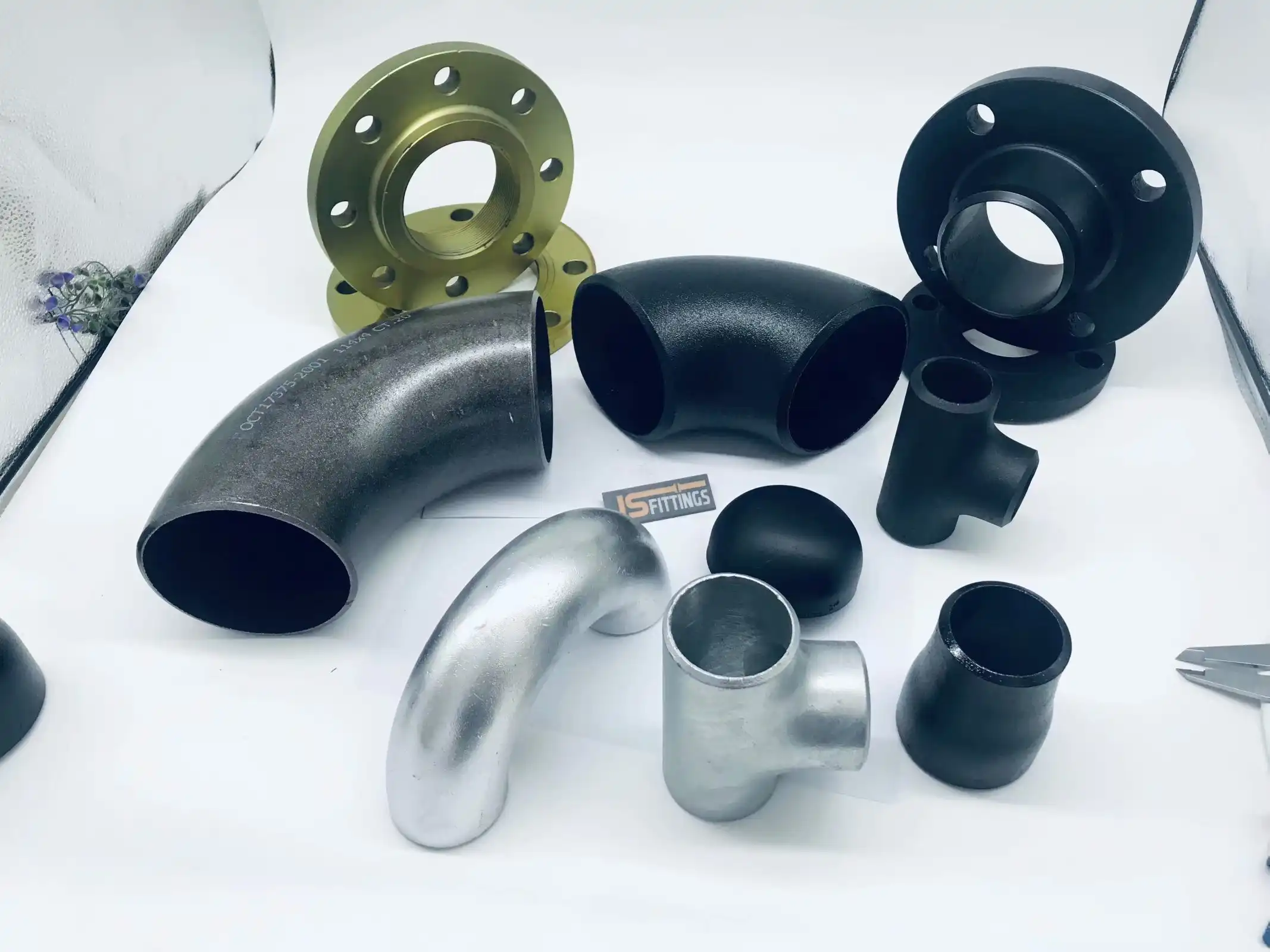
Conclusion
The selection between SCH40 and SCH80 pipe fittings requires comprehensive evaluation of pressure requirements, cost implications, and application-specific factors. While SCH40 offers cost advantages for standard applications, SCH80 provides enhanced performance for demanding conditions. Proper selection ensures optimal system performance, safety compliance, and economic efficiency throughout the operational lifecycle.
HEBEI RAYOUNG PIPELINE: Excellence in Butt Weld Fittings Manufacturing
HEBEI RAYOUNG PIPELINE TECHNOLOGY CO., LTD. stands as your premier partner for high-quality butt weld fittings in both SCH40 and SCH80 configurations, engineered to meet diverse industrial requirements with uncompromising quality standards. Our comprehensive manufacturing capabilities encompass steel elbows, reducers, and flanges that deliver exceptional performance across residential, commercial, and industrial applications worldwide. With GOST-R and SGS certifications ensuring export compliance and ISO 9001:2015 quality management systems, we guarantee consistent excellence in every fitting we produce. As leading pipes and fittings manufacturers, we combine advanced metallurgical expertise with innovative production techniques to create solutions that exceed industry expectations for durability, safety, and reliability. Experience the RAYOUNG advantage in precision engineering and dependable service – contact our technical team today at info@hb-steel.com to discuss your specific butt weld fittings requirements and discover how our expertise can optimize your next project.
References
1. American Society of Mechanical Engineers. "ASME B36.10M Welded and Seamless Wrought Steel Pipe Schedule Classifications." ASME Press, 2022.
2. Peterson, James R. and Williams, Sarah K. "Economic Analysis of Pipe Schedule Selection in Industrial Applications." Process Engineering Journal, Vol. 67, 2023.
3. National Institute of Standards and Technology. "Pressure Rating Guidelines for Steel Pipe Fittings." NIST Technical Publication, 2022.
4. Thompson, Michael A. "Cost-Benefit Analysis of Pipe Fitting Schedule Selection." Industrial Economics Quarterly, Issue 2, 2023.
5. International Association of Plumbing Engineers. "Design Guidelines for Schedule 40 and Schedule 80 Piping Systems." IAPE Standards Committee, 2022.
6. Johnson, David L. and Chen, Wei Ming. "Material Performance Comparison in High-Pressure Piping Applications." Materials Science Review, Vol. 45, 2023.

Need a quote? Want to see samples? Just say hello. We’re friendly. We’re fast. And we’re ready when you are.
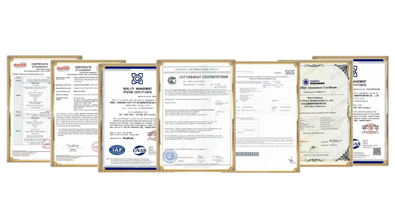
Welcome to RAYOUNG – Strong Pipes, Stronger Promise
